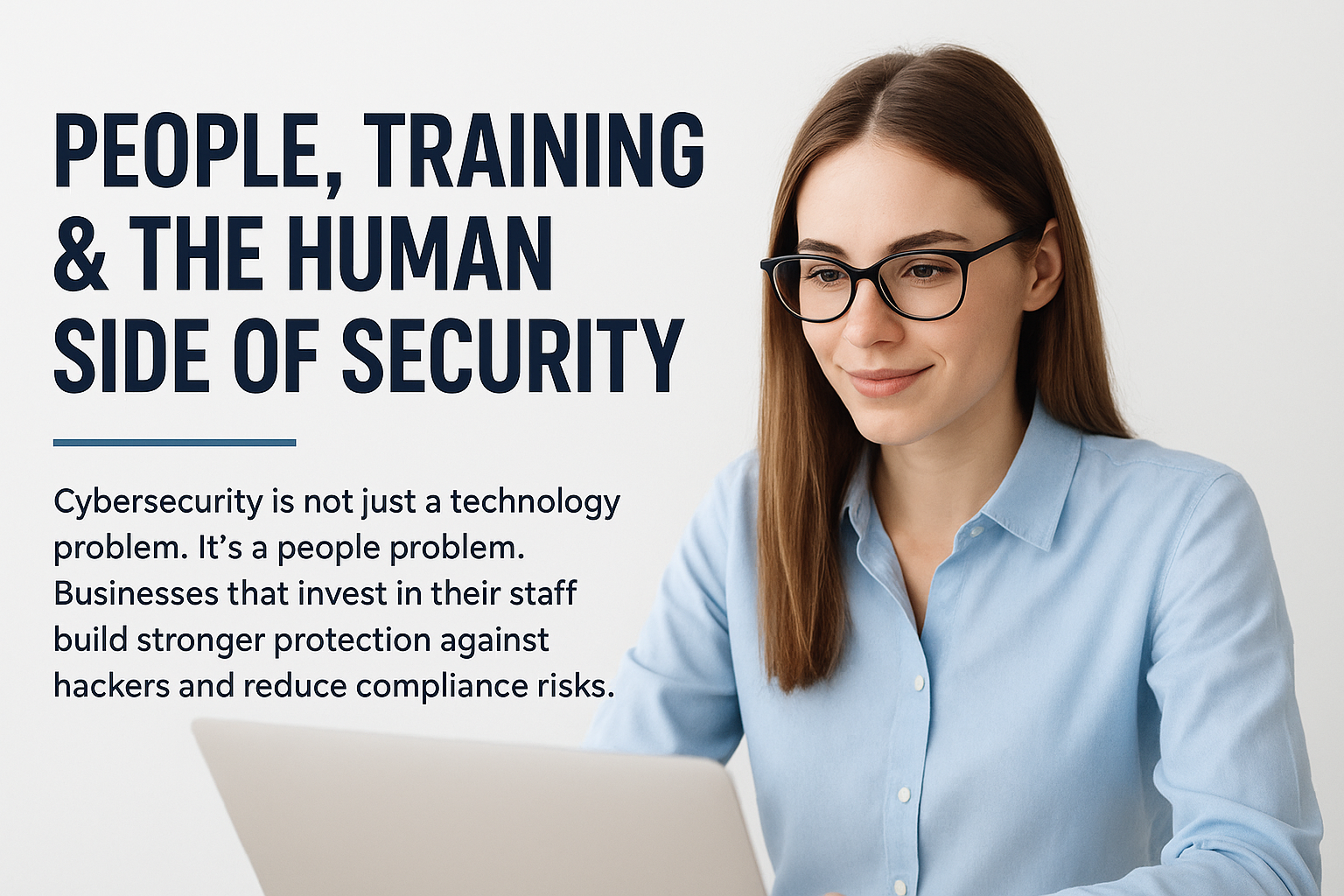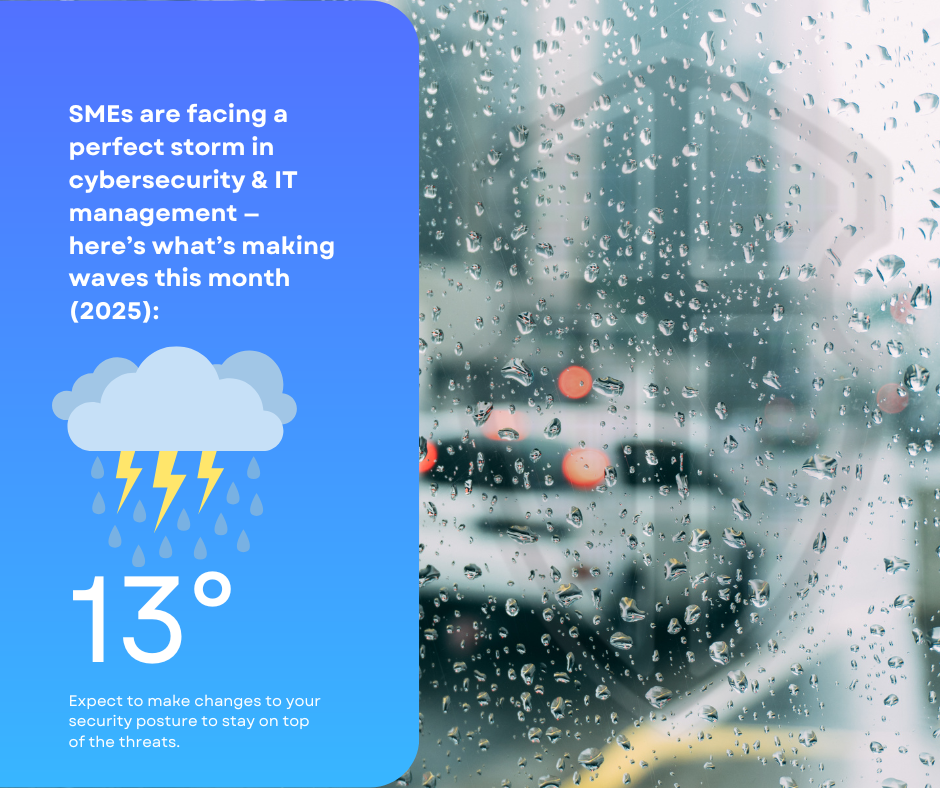People, Training & The Human Side of Security
When most people hear the word cybersecurity, they think of firewalls, software, or advanced technology. But the truth is that the greatest risk is often people. Employees can unintentionally open the door to cyber threats through phishing emails, weak passwords, or falling victim to social engineering. This is why cybersecurity awareness training for employees is no longer optional—it is essential.
Why People Are the First Line of Defense
Most cyberattacks are designed to trick people, not machines. Hackers know that it’s easier to manipulate an employee than to break through strong technical defenses. Insider threats, whether accidental or intentional, remain one of the biggest causes of breaches. In fact, phishing is consistently one of the top attack methods used worldwide (Read more here).
Because of this, businesses must view staff as their human firewall. Training and awareness create a workforce that is alert, cautious, and capable of spotting suspicious activity.
What Cybersecurity Awareness Training Looks Like
Cybersecurity awareness training for employees does not need to be overly technical. It is about building practical skills and habits. Training usually covers:
-
How to identify phishing emails.
-
Why strong, unique passwords matter.
-
Safe internet and device use.
-
Reporting procedures if something suspicious happens.
These are everyday skills that every employee, from leadership to frontline staff, can apply.
The Legal and Compliance Side
In Ireland, regulations such as GDPR and NIS2 expect organizations to ensure staff are trained. This is because untrained employees put sensitive data at risk. Failure to follow these rules can result in fines, reputational damage, and even the loss of customer trust. Regulators increasingly see training as part of compliance, not an optional extra (Read about the training requirements here).
Why Training Is Cheaper Than Recovery
Recovering from a breach is expensive. It can include costs from downtime, legal obligations, customer notification, and even ransom payments. In comparison, training is affordable and scalable. A well-trained team reduces the likelihood of breaches and makes incident response smoother when something does happen.
Final Thoughts
Cybersecurity is not just a technology problem. It is a people problem. Businesses that invest in their staff build stronger protection against hackers and reduce compliance risks. In the end, training is not just about meeting regulations—it is about protecting people, customers, and reputation. We train your people so your defense will withstand the attacks.


